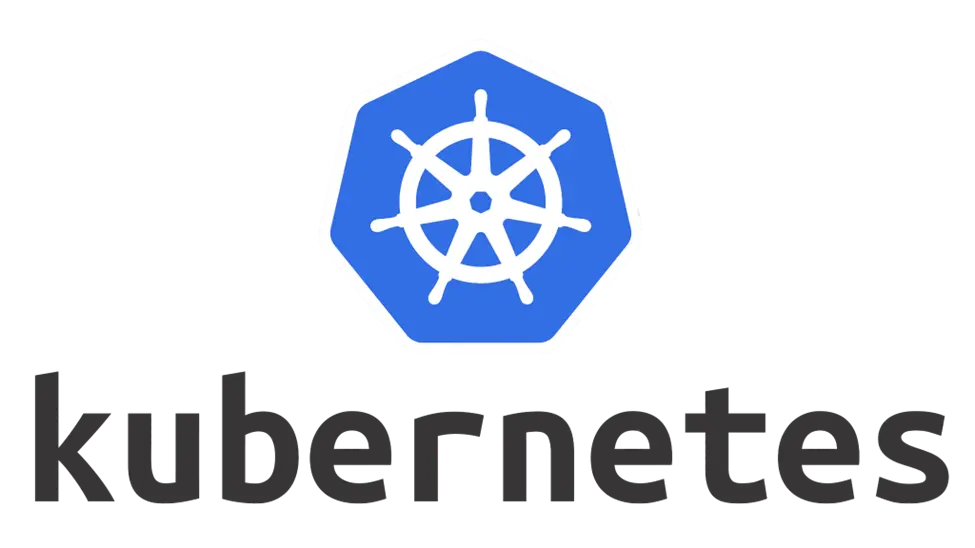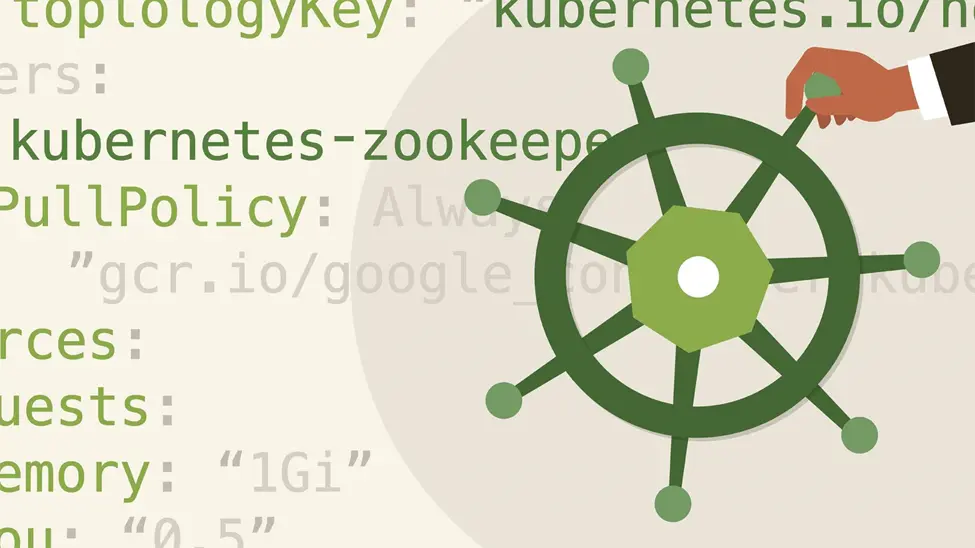
In today’s increasingly digital environment, data is essential to running any enterprise. Therefore, businesses must ensure their data is secure and readily accessible. Cloud computing has enabled companies to keep their data in a central location and access it from any device at any time. However, stateful apps in the cloud present unique management challenges due to their reliance on persistent storage.
Stateful Sets are a vital component of Kubernetes. Kubernetes Stateful Sets are a mechanism for managing stateful applications in Kubernetes, giving each application instance its persistent storage and network identity. (Learn How to Run a Containerized Workload on a Cluster.)
This article aims to introduce Kubernetes Stateful Sets and explain how they may be used to facilitate the management of stateful applications.
What is a Stateful Set?
Kubernetes provides a unique object called a Stateful Set for controlling ongoing programs. It’s an abstraction level above Deployment, giving you more control over deploying, scaling, and managing your application’s instances.
Because stateful applications need permanent storage and separate network identities, so they are best managed with Stateful Sets. Databases, message queues, and key-value stores are all examples of stateful applications.
Each application instance in a Stateful Set is assigned its distinct identifier and persistent storage space. When a model is restarted or rescheduled, the identity keeps things in sync while the constant storage volume keeps data safe.
How Does a Stateful Set Work?


To use a Stateful Set, a group of Pods must be created and controlled sequentially. The state of several instances may be kept in sync by using the unique identifier assigned to each Pod. The Stateful Set specification determines the sequence in which the Pods are produced, and each Pod is given a different name like “web-0,” “web-1,” and so on.
Each Pod in the cluster has its hostname and domain name, established at the creation time. To distinguish itself from the domain name “..svc.cluster.local,” the hostname “-” is used.
The hostname for the first Pod would be “web-0.default.svc.cluster.local” if the Stateful Set were named “web” and the namespace was “default.” (Learn more about Kubernetes Namespaces).
Each Pod has its persistent storage volume, distinct identifier, and network identity. When an instance is restarted or rescheduled, this volume keeps all the data intact. A Persistent Volume Claim requests a persistent storage volume from the underlying storage system, creating the volume.
Key Features of Stateful Sets
When managing stateful apps in Kubernetes, Stateful Sets are a valuable tool. Applications that need permanent storage and solid network identities will find their many beneficial characteristics in these tokens.
Persistent Network IDs
Stateful Sets are primarily distinguished by their capacity to supply persistent network IDs for each pod inside the set. Based on the name of the stage and the pod’s index within the set, a unique hostname is given to each pod in the set. Even if the pod is restarted or moved to a different node, this hostname will not change. The pod’s consistent network identification facilitates communication with other apps.
Persistent Storage
Stateful Sets also have the potential to supply each pod with persistent storage, which is a handy feature. A PersistentVolumeClaim offers persistent storage for each pod in the set. This memory stays with the pod even if it is restarted or moved to a different node. This is essential for database and caching systems, examples of stateful applications.
Ordered Deployment and Scalability
Ordered deployment and scalability are further benefits of Stateful Sets. Pods are deployed in a specific sequence determined by their index within a Stateful Set. This guarantees that the pods are deployed in the correct order, which is crucial for stateful applications that rely on consistency. The pods are also scaled in a particular sequence when the Stateful Set is expanded or contracted. This guarantees that the application’s integrity is preserved as it grows in size.
Headless Service
Stateful sets also have the potential to offer a Headless Service, which is a handy addition. A Kubernetes service is considered “headless” if it does not provide load balancing or a dedicated IP address for the cluster. Instead, it makes the set’s pods discoverable by other apps and facilitates communication between them using DNS records. This simplifies the discovery of neighboring pods, which is helpful for stateful applications that call for direct communication between them.
StatefulSet Updates and Pod Disruption Budget
Many sophisticated capabilities, such as StatefulSet updates and Pod Disruption Budgets, are available in Stateful Sets. You can use StatefulSet updates to change a Stateful Set’s configuration or image without affecting the pods’ identities or persistent storage. This helps ensure that stateful apps’ data remains intact during updates. A Pod Disruption Budget may set the number of pods that can be down simultaneously. This helps keep the app online during maintenance and expansion.
You should consider utilizing Stateful Sets to manage stateful apps in Kubernetes. (Learn about Kubernetes Architecture)
Kubernetes Stateful Set’s Advantages
Following are the key advantages of Kubernetes Stateful Set:
- Simple interaction with other apps: Stateful Sets make it such that each pod has its permanent hostname, simplifying its interaction with other apps.
- Makes copy for each pod: All stateful applications need access to persistent storage, and Stateful Sets guarantee that each pod has its copy.
- Sequential deployment of pods: Stateful Sets guarantee a sequential deployment of pods, which is essential for the reliability of stateful applications.
- Scaling in predetermined status: Scaling in an ordered fashion is critical for stateful systems because Stateful Sets guarantee that pods are scaled up or down in a predetermined sequence.
- Reduced interruption: With Stateful Sets, updates can be sent out to pods in an organized manner that causes as little interruption as possible to the program as a whole.
- Locate pods in the network: By default, Stateful Sets generate a headless service that can locate pods in a network based on their unique identifiers. This is helpful for stateful applications that require a direct connection to individual pods.
Stateful Applications in Kubernetes: How to Manage them?


Managing stateful apps in Kubernetes may be difficult, but with a suitable approach, you can make the process more streamlined and effective. Fundamental strategies to manage Stateful Applications in Kubernetes are outlined below.
Implement Stateful Sets
Kubernetes’ Stateful Sets are made-to-order stateful applications. They’re crucial for running stateful apps since they offer capabilities like persistent storage and reliable network identities.
Use Persistent Volumes and Persistent Volume Claims:
Stateful applications need access to persistent storage to keep data consistent throughout pod restarts and rescheduling. You may store information at a location other than the pod and then attach it to the pod when it is formed using Kubernetes’s Persistent Volumes and Persistent Volume Claims.
Make Use of Secrets, and ConfigMaps
Kubernetes provides a place to store configuration and secret information like API keys and passwords in ConfigMaps and Secrets. After that, the pod’s containers may mount these resources as volumes, giving the app access to the files.
Budget for Pod Disruption
Maintaining application availability while updating or expanding a Stateful Set is crucial. To keep the application up even during maintenance or scaling, Pod Disruption Budgets let you limit the number of pods that can be down at once.
Apply StatefulSet Modifications
To change a Stateful Set’s configuration or image without affecting the pods’ identities or persistent storage; you can use StatefulSet updates. This helps ensure that stateful apps’ data remains intact during updates.
Perform Regular Checkups
Kubernetes’s many probes, like the “readiness” and “liveness” checks, let you keep tabs on how well your app is doing. You may use these diagnostic tools to spot potential problems with your application before they escalate into significant outages.
Monitor Resource Utilization
CPU and memory tend to increase significantly in stateful programs. Ensure your application can access all necessary resources by setting limits and making requests in Kubernetes. Use monitoring software to spot any problems with the allocated resources.
By adhering to these guidelines, you can better manage your Kubernetes Stateful Applications and make sure they are always accessible and reliable. Always perform extensive testing before releasing an application into production, and keep a careful eye on it while it’s out there. With some judicious maintenance, you can keep your stateful apps running well on Kubernetes.
Use Taikun to Control Kubernetes’ Stateful Set!
Managing stateful applications in Kubernetes may be difficult, but the process is simplified and made more time-efficient with Taikun’s detailed guide to Stateful Sets management.
Config Maps and Secrets, Pod Disruption Budgets, Stateful Set updates, and health checks are only some of the best practices for managing Stateful Sets that Taikun provides. Kubernetes customers can be confident that their stateful apps will continue to function normally and be accessible at all times if they adhere to these best practices. (Get to know about the new Taikun Features)
Stateful application management in Kubernetes is simplified, improved, and made more scalable with the help of Taikun.


